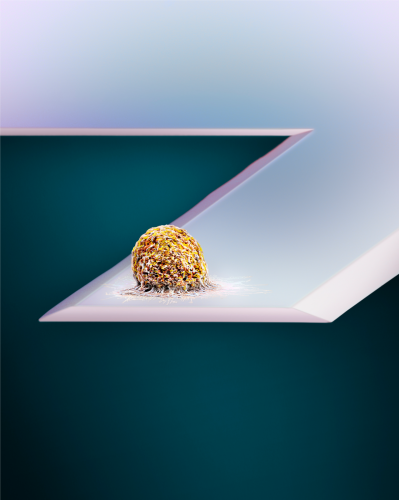Tracking a cell’s mass in real time: a new indicator of cell physiology
NaMeS students are invited to IPC PAS Seminar within Dream Chemistry Lecture Series delivered by:
David Martinez-Martin , PhD
Department of Biosystems Science and Engineering
ETH Zürich, Switzerland
Thursday, 24th January, 2019, 10.00
Assembly hall of the IPC PAS
Abstract
Regulation of cell volume and mass is physiologically important for living organisms, and dysregulation of these parameters is at the origin of many diseases1. Cell mass mainly comprises intracellular water, proteins, lipids, carbohydrates and nucleic acids and is tightly liked to metabolism, proliferation2 and gene expression3. However, the mechanisms that regulate cell mass remain largely unknown.
Flow cytometers and Coulter devices are among the most commonly used technologies to characterize the volume of suspended cells. However, most mammalian cells are adherent and behave considerably different in the suspended and adherent state. Therefore, one should be able to determine the volume and/or mass in the adherent state. Over the recent years powerful technologies have emerged to track the mass of single suspended4 and adherent5-7 cells. However, it has not been possible to track individual adherent cells in physiological conditions at the mass and time resolution required to observe fast cellular dynamics.
I will introduce a picobalance that we have developed, which is based on an optically excited microresonator. It measures the mass of single or multiple adherent cells in culture conditions over days at millisecond time resolution and picogram (»0.1% of cell mass) mass sensitivity. I will also present some of the results we have obtained using this technology, including the detection of fast and subtle mass fluctuations that seem to be universal to living mammalian cells8. Our approach is easy to operate and compatible with state-of-the-art optical microscopies, therefore we anticipate it will contribute to the understanding of cell mass regulation.
References
- Lloyd, A. C. The Regulation of Cell Size. Cell 154, 1194-1205, (2013).
- Lang, F. et al. Functional significance of cell volume regulatory mechanisms. Physiol. Rev. 78, 247-306, (1998).
- Haussinger, D. The role of cellular hydration in the regulation of cell function. Biochem. J. 313, 697-710, (1996).
- Cermak, N. et al. High-throughput measurement of single-cell growth rates using serial microfluidic mass sensor arrays. Nat. Biotech. 34, 1052-1059, (2016).
- Zlotek-Zlotkiewicz, E., Monnier, S., Cappello, G., Le Berre, M. & Piel, M. Optical volume and mass measurements show that mammalian cells swell during mitosis. J. Cell Biol. 211, 765-774, (2015).
- Park, K. et al. Measurement of adherent cell mass and growth. Proc. Natl. Acad. Sci. USA 107, 20691-20696, (2010).
- Bottier, C. et al. Dynamic measurement of the height and volume of migrating cells by a novel fluorescence microscopy technique. Lab Chip 11, 3855-3863, (2011).
- Martinez-Martin, D. et al. Inertial picobalance reveals fast mass fluctuations in mammalian cells. Nature 550, 500-505, (2017).




